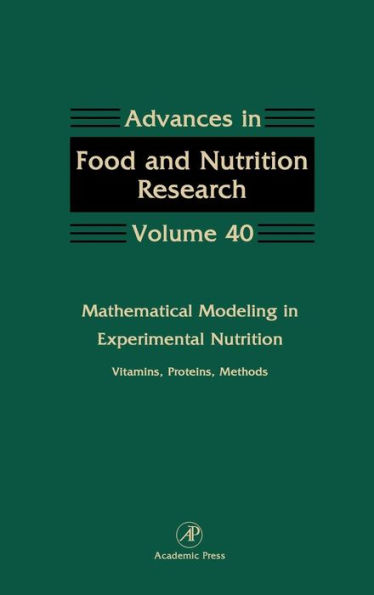5
1
9780120164400



Mathematical Modeling in Experimental Nutrition: Vitamins, Proteins, Methods / Edition 1 available in Hardcover, eBook

Mathematical Modeling in Experimental Nutrition: Vitamins, Proteins, Methods / Edition 1
- ISBN-10:
- 012016440X
- ISBN-13:
- 9780120164400
- Pub. Date:
- 10/02/1996
- Publisher:
- Elsevier Science
- ISBN-10:
- 012016440X
- ISBN-13:
- 9780120164400
- Pub. Date:
- 10/02/1996
- Publisher:
- Elsevier Science

Mathematical Modeling in Experimental Nutrition: Vitamins, Proteins, Methods / Edition 1
$182.0
Current price is , Original price is $182.0. You
182.0
In Stock

Product Details
| ISBN-13: | 9780120164400 |
|---|---|
| Publisher: | Elsevier Science |
| Publication date: | 10/02/1996 |
| Series: | Advances in Food and Nutrition Research , #40 |
| Pages: | 362 |
| Product dimensions: | 6.00(w) x 9.00(h) x (d) |
About the Author
From the B&N Reads Blog
